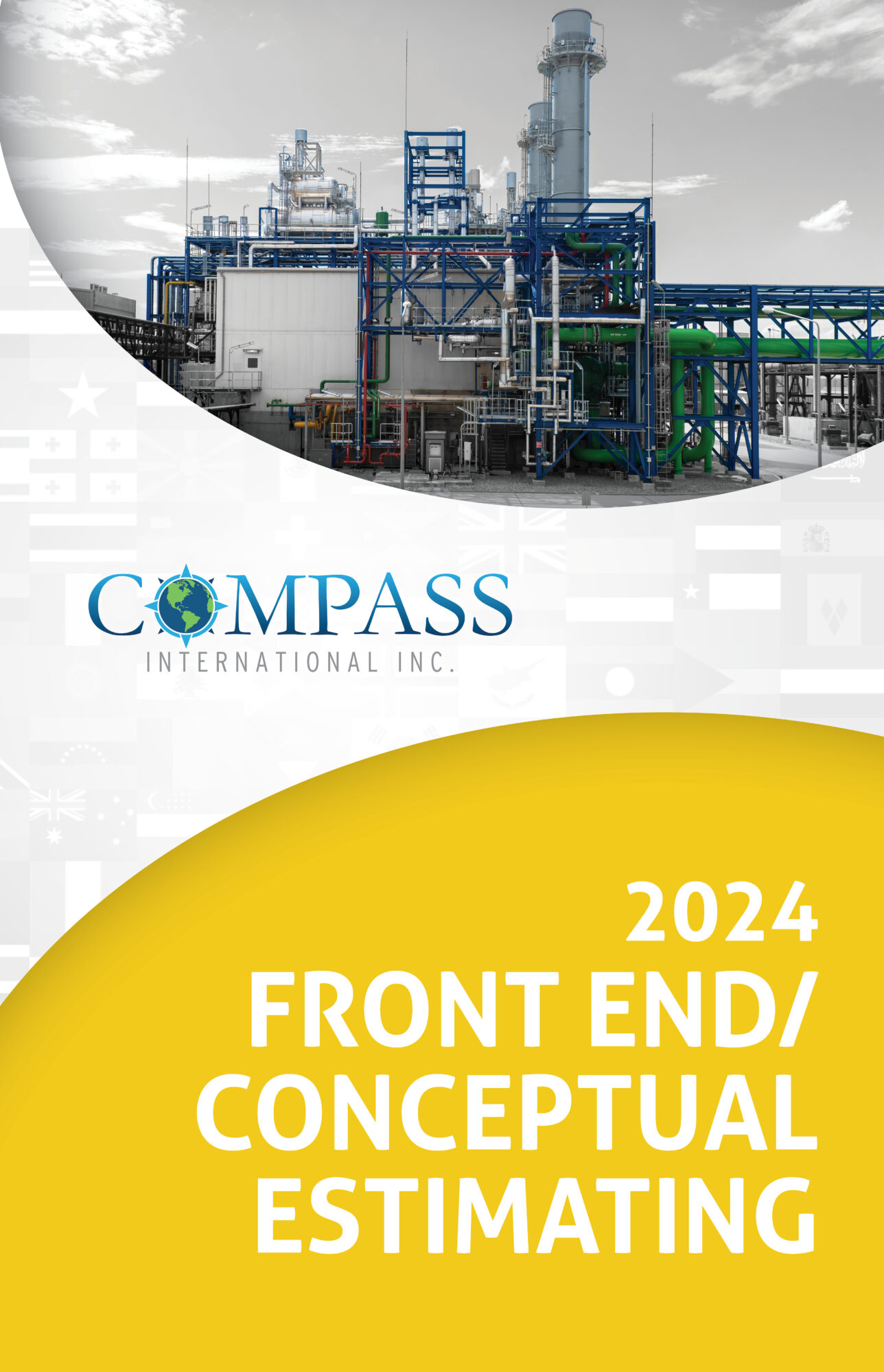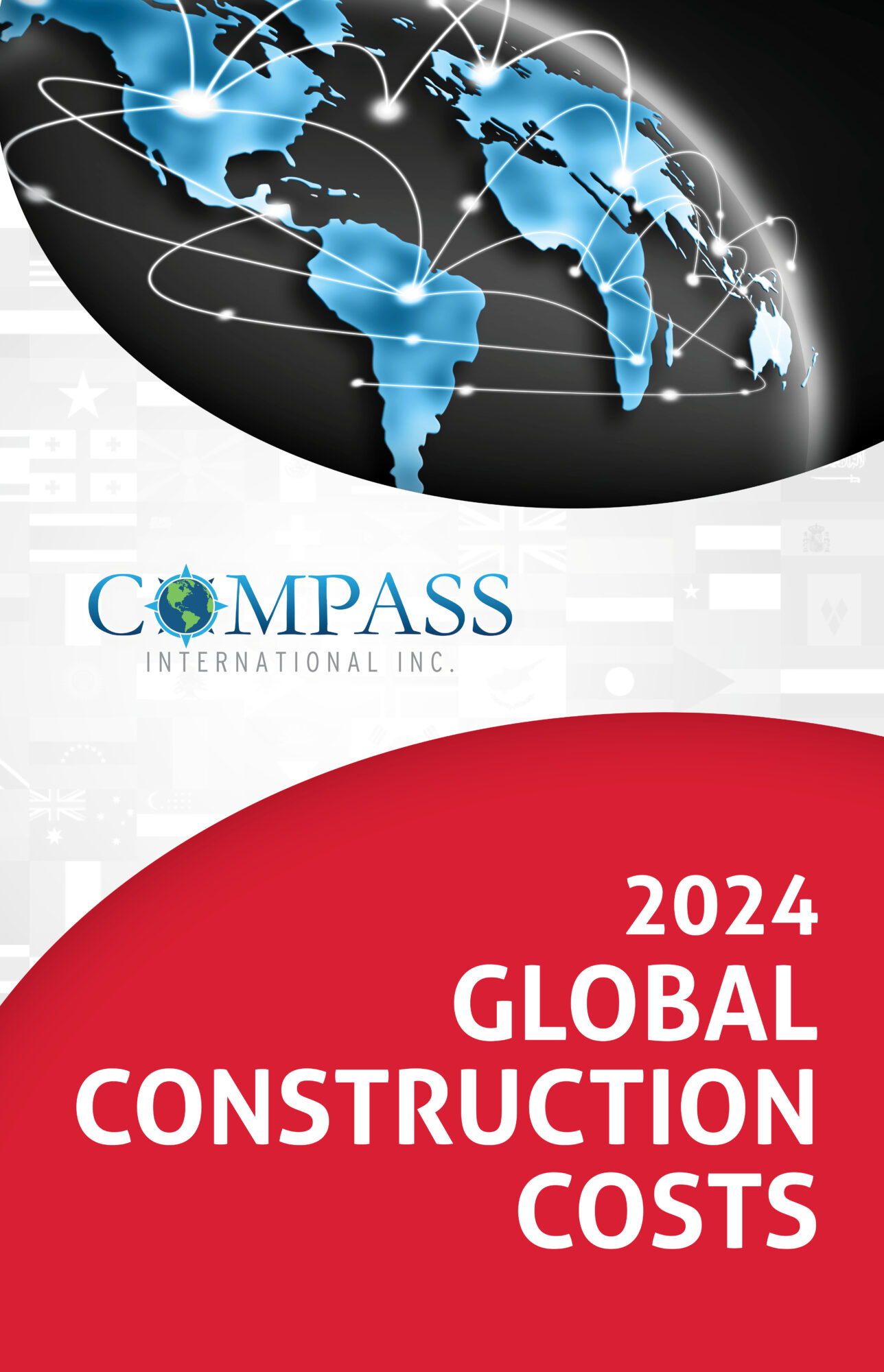Europe
Western & Eastern Europe are forecast to see minimal or negative GDP growth in the 2nd Q of 2024:
The European Union will continue to experience zero to minimal construction related growth in 2024 as the economic consequences from the war in Ukraine continues. The Euro Zones economies have been challenged in 2023, prospects overall appear to be improving. Energy price spikes have started to fall in the last 6 months, which should assist the construction sectors in 2024. The value of the Euro has been progressively declining against the US dollar for the best part of 18 months, some economists are projecting that the Euro could fall to between 0.85 and 0.90 to the US dollar in the next 6 months. This, of course, will impact inflation in Europe and could be the catalyst to increase construction related materials costs.
The German construction industry is forecast to see zero growth in 2024 German CAPEX costs are forecast to decline by 5% over the previous year. The size of German construction sector is between $260 and $280 billion. Many German capital projects were put on hold in 2023 due to the Russian / Ukraine conflict and the potential of a serious gas shortage. Construction activity in Germany is marginally improving from 6 to 9 months back. The German Government has allocated billions of Euros for the expansion of Germany’s infrastructure that includes new and refurbished highways, bridges, ports and rail facilities
The UK experienced zero growth last year and this trend is continuing with construction activity in the UK is down by 10% to 15% from a year ago.
The London area is the only area that appears to bucking the somewhat overall UK gloomy trend. The UK will have a General Election sometime in 2024, the ruling Tory party will endeavor to boost the economy, which usually translates to addition funds spent on construction related capital projects.
So far 2024 has not been a good year for construction in the UK, house building is down by more than 8%, the high speed HS2 rail link from London to Birmingham has been significantly scaled back, and plans to build new NHS hospitals have been put on hold.
A number a major and mid-sized UK construction related companies have gone out of business in 2023, hopefully this will moderate significantly in 2024.
The UK pound remains weak against the US dollar on growing concerns regarding the stability of the UK finances, this could further increase inflation, oil & many imported items are priced in US dollars. The UK pound has fallen by more than 5% against the US dollar in the last 6 months to 1.26 US$ to a GBP.
We are starting to see an increase in new and revamped Industrial facilities across the UK, Germany, France and Italy as we move into the 2nd half of 2024, perhaps an indication that these countries and the rest of Europe are set to see a more normal construction situation in the 2nd half of 2024 and beyond.
Many French capital projects were put on hold in 2023 due to the Russian / Ukraine conflict. Construction activity in France is gradually starting to improve. The French Government is projected to increase future expenditures on new and refurbished roads, bridges, ports, airports and rail facilities….. This points to the 2nd half of 2024 being a much better period that the 3 previous years for the French construction sector. France’s inflation rate is reasonably high at between 3.1% and 3.7%%, look for this rate to start to trend downwards in the next 3 months.





